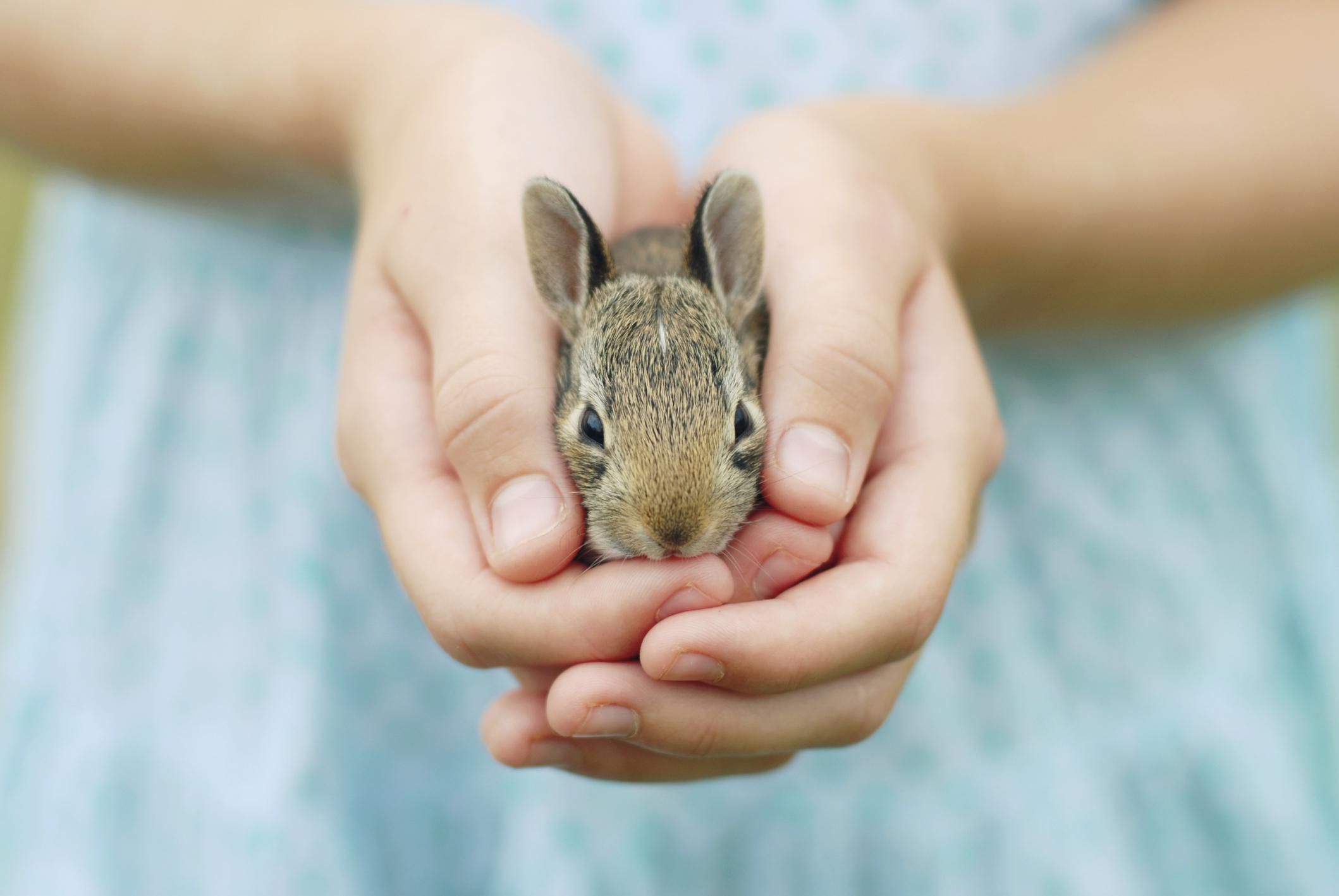Wild rabbits embody a life-history strategy defined by rapid reproduction and high mortality, resulting in an average lifespan of just 12–18 months in natural settings. Despite their brevity of life, they play indispensable ecological roles: as herbivores, they influence plant community dynamics, and as prey, they sustain a diverse array of predators ranging from foxes to raptors. This guide delves into the factors shaping wild rabbit longevity, from species-specific traits to environmental pressures, offering insights for researchers, wildlife managers, and nature enthusiasts alike.
Species Overview
Two of the most studied wild rabbits are the Eastern cottontail (Sylvilagus floridanus) and the European rabbit (Oryctolagus cuniculus). Eastern cottontails, native to North America, exhibit annual survival rates around 20%, translating to an average wild lifespan of approximately 15 months. European rabbits, originally from southwestern Europe but now cosmopolitan, suffer first-year mortality rates up to 90%, yielding typical lifespans under one year, though survivors can reach two to four years. Their contrasting social structures—cottontails as solitary foragers and European rabbits in communal warrens—further influence their demography.
Eastern Cottontail Lifespan
In North America, Eastern cottontails rarely live beyond two years in the wild, with average longevity pegged at 12–15 months. Nearly half of all cottontail kits perish within their first month due to predation and exposure, underscoring the perilous early life stages. Adult mortality remains high, with over 80% of adults killed annually by predators such as foxes, weasels, raccoons, and raptors. Only the most adept or well-situated individuals survive long enough to breed and contribute to population resilience.
European Rabbit Lifespan
European rabbits experience even steeper juvenile losses, with first-year mortality often exceeding 90%, resulting in average wild lifespans under 12 months. Those that survive early hazards may live two to four years, benefiting from communal burrow systems that provide refuge from predators and harsh weather. Exceptional wild individuals have been documented living up to 7.6 years, as revealed by capture–recapture studies in Australia, while captive European rabbits can reach up to nine years under optimal care.
Life Cycle and Reproduction
Wild rabbits reach sexual maturity swiftly—Eastern cottontails by three months and European rabbits by six months—enabling multiple breeding cycles annually. Gestation spans roughly 28–31 days, with average litter sizes of five to eight kits, and females capable of producing up to seven litters per year under ideal conditions. However, approximately 50% of kits die within their first month, primarily from predation and environmental exposure. This “bet-hedging” reproductive strategy ensures that even with high juvenile losses, sufficient offspring survive to maintain population stability.
Average and Maximum Lifespans
Across wild rabbit species, average lifespans hover between one and two years, with few individuals surpassing their second birthday. Eastern cottontails average 15 months, while European rabbits often do not exceed 12 months in the wild. Notwithstanding, outliers exist: a wild European rabbit was documented at 7.6 years, and the Guinness World Record for rabbit longevity belongs to “Flopsy,” a wild-caught rabbit that lived 18 years and 10.75 months in captivity. Such extremes illustrate the potential lifespan when extrinsic threats are mitigated.
Factors Affecting Lifespan: Predation
Predation stands as the leading cause of wild rabbit mortality. In North America, predators like red foxes, coyotes, bobcats, and raptors account for up to 80% of adult cottontail deaths annually. Nestlings face additional threats from raccoons, skunks, and snakes, driving juvenile mortality above 50% in many populations. European rabbits, although partially shielded by warren systems, still suffer heavy predation from foxes, feral cats, and birds of prey, especially in fragmented habitats where cover is scarce.
Factors Affecting Lifespan: Disease & Environment
Disease outbreaks such as myxomatosis and rabbit hemorrhagic disease (RHD) can decimate wild populations, with mortality rates exceeding 50–99% during epidemics. Myxomatosis alone caused over 99% mortality in initial Australian releases, prompting rapid host–pathogen coevolution. Environmental stressors—harsh winters, droughts, and habitat loss—further curtail survival by reducing forage and cover; only about 30% of Eastern cottontails endure severe winters. Climate change may exacerbate these pressures by altering vegetation phenology and increasing extreme weather events.
Methods of Age Estimation
Researchers employ eye-lens dry weight and dental wear analysis to estimate wild rabbit age. Lens dry weight correlates with age via species-specific growth curves, enabling age estimates within a few months’ accuracy. Additionally, tooth wear rates—approximately 60 mm per year in wild rabbits—provide relative age classifications based on molar and incisor abrasion patterns. These non-invasive techniques underpin demographic models, informing population management and conservation strategies by revealing age structures in wild populations.
Conservation and Management Implications
Accurate lifespan and age-structure data guide effective management of both pest and endangered rabbit populations. In agricultural settings, population control measures—regulated hunting, habitat modification, and disease management—rely on demographic insights to set sustainable harvest quotas and mitigate crop damage. Conversely, conservation of threatened lagomorphs like the New England cottontail focuses on habitat restoration, predator control, and disease surveillance to boost juvenile survival and extend average lifespans beyond two years.
Observational Tips for Enthusiasts
To observe wild rabbits ethically, choose dawn or dusk when they are most active. Maintain distance using binoculars or remote trail cameras to minimize disturbance and avoid altering natural behaviors. Never feed wild rabbits, as human-provided food can increase predation risk and disease transmission. Adhere to local wildlife regulations regarding observation and habitat interaction, and respect nesting sites to ensure rabbit populations remain healthy and undisturbed.
Conclusion
Wild rabbit lifespan exemplifies resilience through high reproductive output despite a typical lifespan of only 12–18 months. Predation, disease, and environmental extremes shape their demographic patterns, while exceptional individuals demonstrate the potential for extended longevity when threats are minimized. By combining field observations with age-estimation methods and demographic modeling, researchers and wildlife managers can better understand wild rabbit population dynamics, informing both conservation efforts for vulnerable species and management strategies where rabbits impact human activities.


